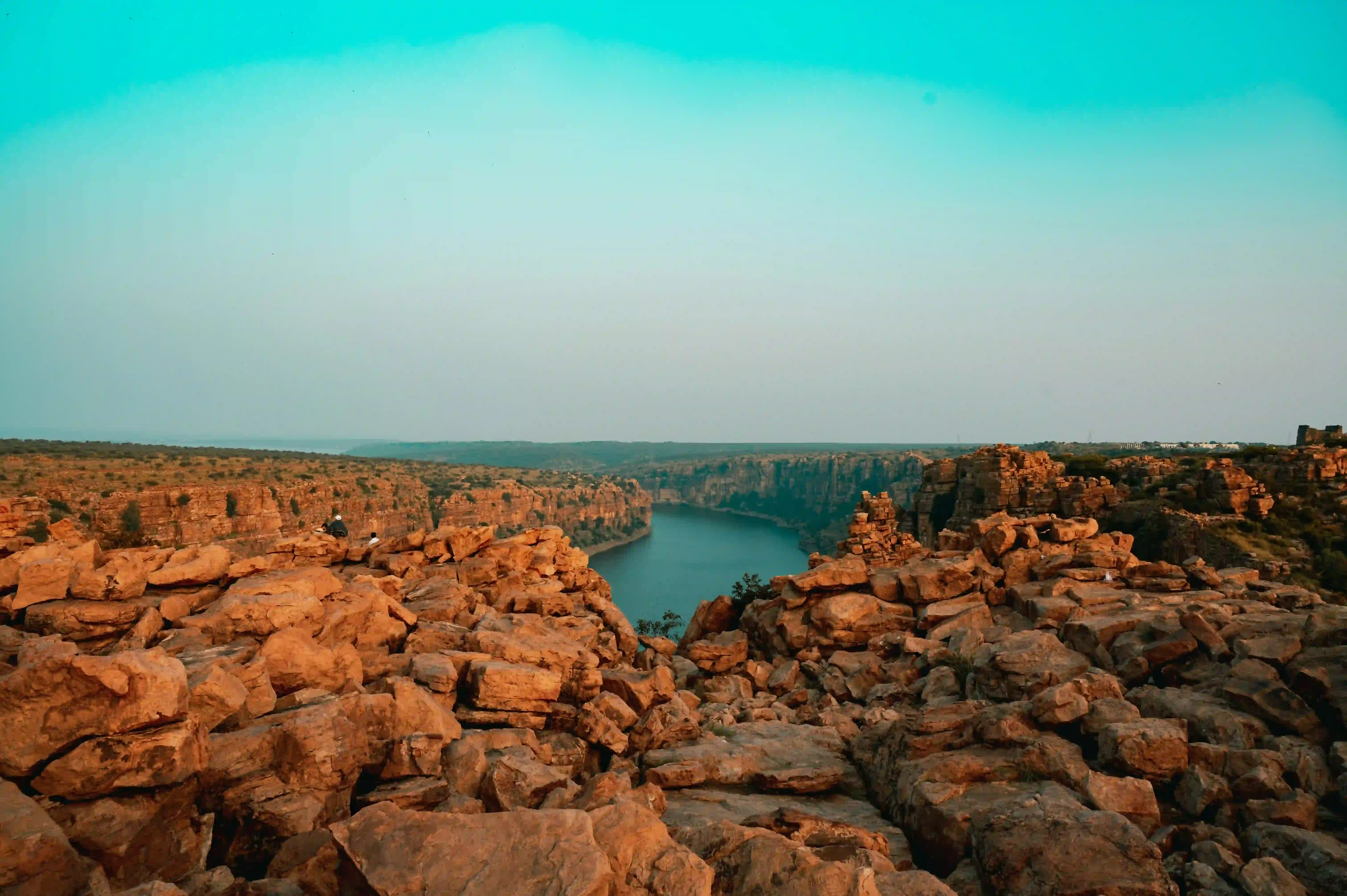The Desert National Park represents a profound intersection of natural wonder and cultural heritage nestled within the expansive Thar Desert of Rajasthan. Located in the Jaisalmer and Barmer districts, this remarkable ecosystem encompasses a landscape that tells a story millions of years in the making, with geological evidence dating back to the Jurassic Period revealing a dramatically different environmental context than what exists today.
The park's ecological significance cannot be overstated, serving as a critical habitat for numerous endangered and rare species. The Great Indian Bustard, Rajasthan's state bird, finds sanctuary within these boundaries, alongside diverse fauna like the Hairy-footed Gerbil and a remarkable array of migratory birds. Short-toed eagles and laggar falcons grace the skies, transforming the seemingly barren landscape into a vibrant ecological theatre of survival and adaptation.
Geologically, the Thar Desert itself is a marvel of transformation. What was once a dense, humid forest during the Jurassic Period has evolved into one of the world's most populated desert regions. The nearby Wood Fossil Park at Akal provides tangible evidence of this incredible environmental metamorphosis, housing fossil remains that whisper stories of ancient forests and climatic shifts. These geological artifacts offer researchers and visitors alike a window into the region's complex environmental history.
The human story of this landscape is equally fascinating, characterized by low population density and resilient communities that have adapted to the challenging desert environment. Ancient villages dot the landscape, many with intriguing legends of abandonment and mysterious migrations. The Paliwal Brahmins, who once inhabited the region, are remembered through folk stories that blend historical fact with mythical narrative, adding layers of cultural complexity to the park's identity.
Surrounding the park, the city of Jaisalmer—known as the "Golden City"—provides historical context and architectural splendor. Founded in 1156 AD, this remote outpost preserved its cultural integrity even during British colonial rule, becoming the last city to sign an agreement with the British in 1818. The iconic Sonar Qila, constructed from local golden sandstone, stands as a testament to the region's architectural and cultural resilience.
The park's ecosystem is a delicate balance of survival, where flora and fauna have developed remarkable adaptations to extreme desert conditions. Sparse vegetation including acacia, capparis, and various desert grasses create microhabitats that support an intricate web of life. These plant species are not merely survivors but key players in maintaining the desert's ecological equilibrium, preventing soil erosion and providing crucial resources for wildlife.
Local communities surrounding the park maintain traditional land-use practices that have evolved over centuries, demonstrating a profound understanding of desert ecology. Their compact settlements and sustainable practices offer insights into human adaptation in one of the world's most challenging environments. Legends like the love story of Moomal and Rano, and historical sites like the Jain temple at Lodhruva, further enrich the cultural tapestry of this remarkable region.
The Desert National Park, gazetted in 1980, represents more than a protected area—it is a living museum of natural and cultural heritage. Its significance extends beyond ecological preservation, embodying the intricate relationship between landscape, human civilization, and the enduring spirit of survival in one of India's most challenging geographical contexts.







